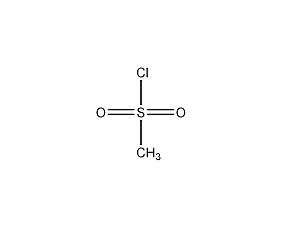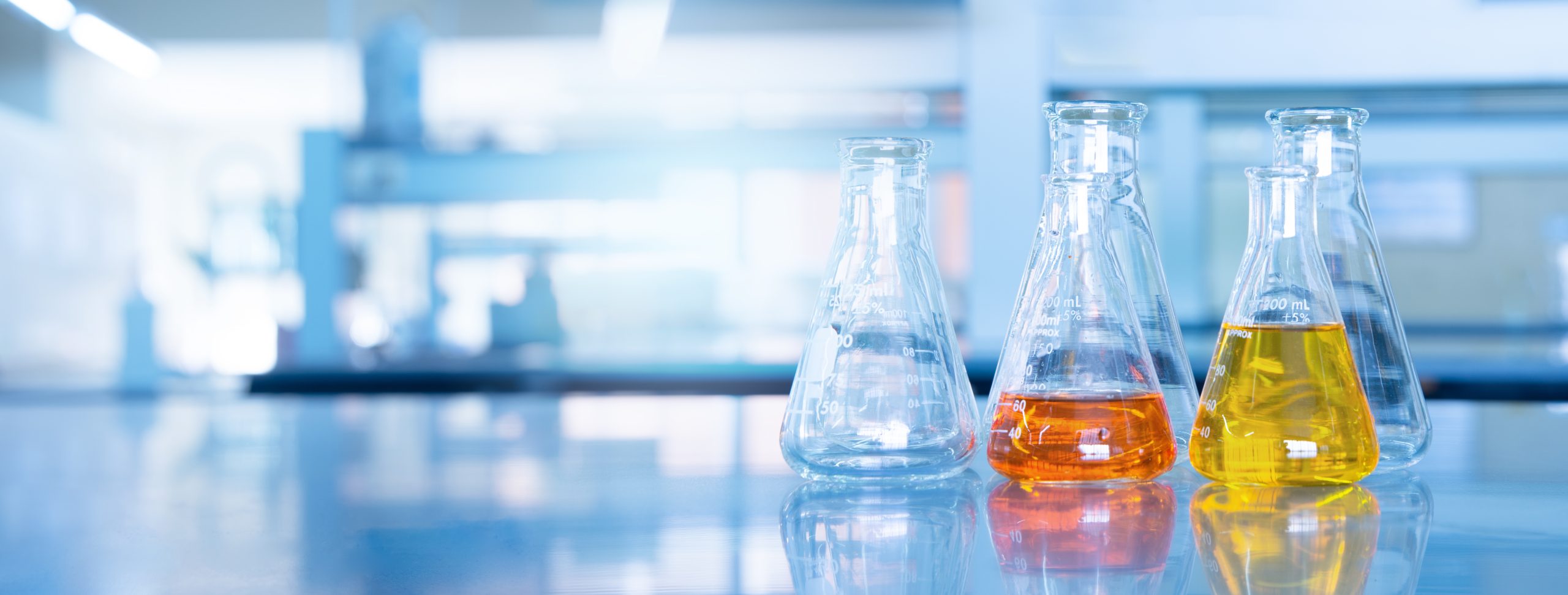Метансульфонилхлорид

Характеристики
| Пункт | Показатель | |||
| Чистота %≥ | 99.5 | |||
| Цветность(APHA)≤ | 10 | |||
| Fe промилле≤ | 10 | |||
| Pb промилле≤ | 10 | |||
| Влажность промилле≤ | 250 | |||
Упаковка и хранение
| Упаковка | бочка 250 кг | |||||||
| Хранение | 20℃, 1-2 года. | |||||||
| Доставка | Комнатная температура в Китае; может отличаться в других странах | |||||||
Контактная информация
Чтобы получить образцы, цены или дополнительную информацию, позвоните нам по телефону 0086 25 51192301 напишите по адресу info@ascent-chem.com или заполните следующую форму.
Мы ответим вам как можно скорее.
Tel: 0086 25
51192301
E-mail: info@ascent-chem.com



Общая информация
| Общепринятые названия | Метансульфонилхлорид | метансульфохлорид | мезилхлорид | ||||||
| Структура |  |
||||||
| CAS №. | 124-63-0 | Температура кипения (℃) | 160.7±0.0 °C | ||||
| Молекулярный вес | 114.551 | Температура плавления (℃) | -33°C | ||||
| Вид | Светло-желтоватая прозрачная жидкость | Удельный вес пара | 1,5±0,1 г/см3 | ||||
| Код ТН ВЭД | 2930909099 | Температура вспышки | 42.2±18.7 °C | ||||
| Растворимость | Температура самовоспламенения (℃) | ||||||
| Фразы безопасности | S26-S28-S36/37/39-S45-S25-S28A | ||
| ДОПОГ | UN 3246 6.1/PG 1 | ||
| WGK (Германия) | 2 | ||
| Упаковочная группа | I | ||
| Класс опасности | 6.1 | ||
| Симптомы | Предотвращение | Первая помощь | |
| Вдыхание | Кашель. Боль в горле. | Используйте местную вытяжку или средства защиты органов дыхания. | Свежий воздух, отдых. |
| Кожа | Покраснение. Чувство жжения. Зуд. | Защитные перчатки | Снять загрязненную одежду. Промойте, а затем вымойте кожу водой с мылом. |
| Глаза | Покраснение. Боль. | Наденьте защитные очки. | Сначала промыть большим количеством воды в течение нескольких минут (снять контактные линзы, если это возможно), затем обратиться за медицинской помощью. |
| Проглатывание | Боль в животе. Тошнота. Рвота. | Не ешьте, не пейте и не курите во время работы. Мойте руки перед едой. | Прополоскать рот. Вызвать рвоту (ТОЛЬКО У ЛИЦ В СОЗНАНИИ!). Обратитесь за медицинской помощью. |
| Используя метилмеркаптан в качестве сырья, непрерывная реакция с хлорным газом в водном растворе соляной кислоты, хлористый водород, образующийся в результате реакции, заставляет материал производить турбулентность, так что реактивы текут в реактор смешивания, состоящий из поднимающегося пленочного реактора (трубчатый теплообменник) и реактора полного смешивания на пути поршневого потока и полного потока смешивания, В зависимости от температуры, материал, полученный в результате реакции, промывается, поглощается и отделяется путем осаждения стратификации и распыления низкотемпературного метилсульфонилхлорида. Продукт метилсульфонилхлорид и побочный газ хлористый водород удаляются |
Frequently Asked Questions
Q: How dangerous is Methanesulfonyl Chloride?
Health Hazards: It can be inhaled, ingested, or absorbed through the skin. This product is highly irritating to mucous membranes, upper respiratory tract, eyes and skin. Inhalation can cause spasm, edema, and inflammation of the larynx and bronchi.
Environmental Behavior: Combustible in case of fire or high heat. Reacts with strong oxidizing agents. Decomposed by high heat produces toxic and corrosive gases. The product of decomposition after combustion is hydrogen chloride.
Q: The leakage treatment?
A: Evacuate the personnel in the leaked contaminated area to a safe area, and prohibit irrelevant personnel from entering, and turn off the source of ignition. It is recommended that emergency personnel wear self-contained breathing apparatus and chemical protective clothing. Stop the leakage under the condition of ensuring safety and do not touch the leakage directly. Spray out a mist of water to reduce evaporation. Mix and absorb with sand or other non-combustible adsorbents, then collect and transport to the waste treatment site for disposal. It is also possible to scrub with emulsion made of non-combustible dispersant and put diluted wash water into the wastewater system. If there is a large amount of leakage, use dikes to contain it, and then collect, transfer, recycle or discard it after harmless treatment.

Q: Protective measures?
A: When the concentration in the air exceeds the standard, you need to wear a gas mask. Wear self-contained breathing apparatus during emergency rescue or escape. Wear chemical safety goggles and overalls (made of anti-corrosion materials). Wear rubber gloves. Take a shower after work and pay attention to personal hygiene. Store poison-contaminated clothes separately and wash them before using them.
Q: First-aid measures?
Take off contaminated clothing immediately, wash the contact point thoroughly with plenty of water and soapsuds, and seek medical advice in time if burns.
Immediately lift the eyelids and rinse thoroughly and persistently with plenty of running water or normal saline at least 15 minutes. Seek medical attention.
Get out of the scene and into the fresh air. Keep airway open. Give mouth to mouth resuscitation if it is necessary. Seek medical attention.
If swallowed by mistake, rinse his or her month immediately as soon as the patient is conscious, and drink milk or egg whites. Seek medical attention.
Use dry powder, carbon dioxide, sand, foam to extinguish fire.

